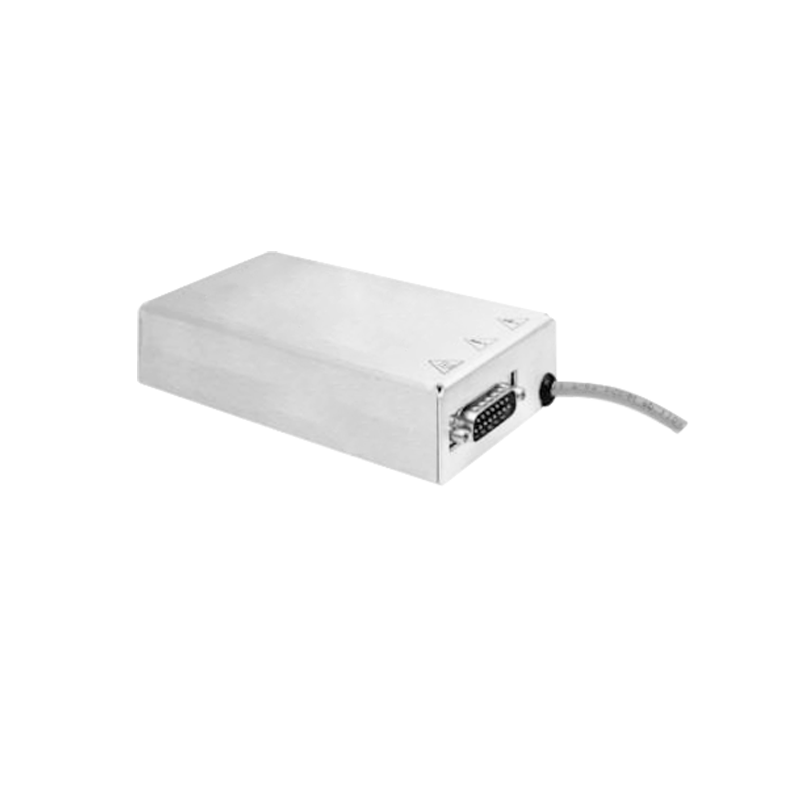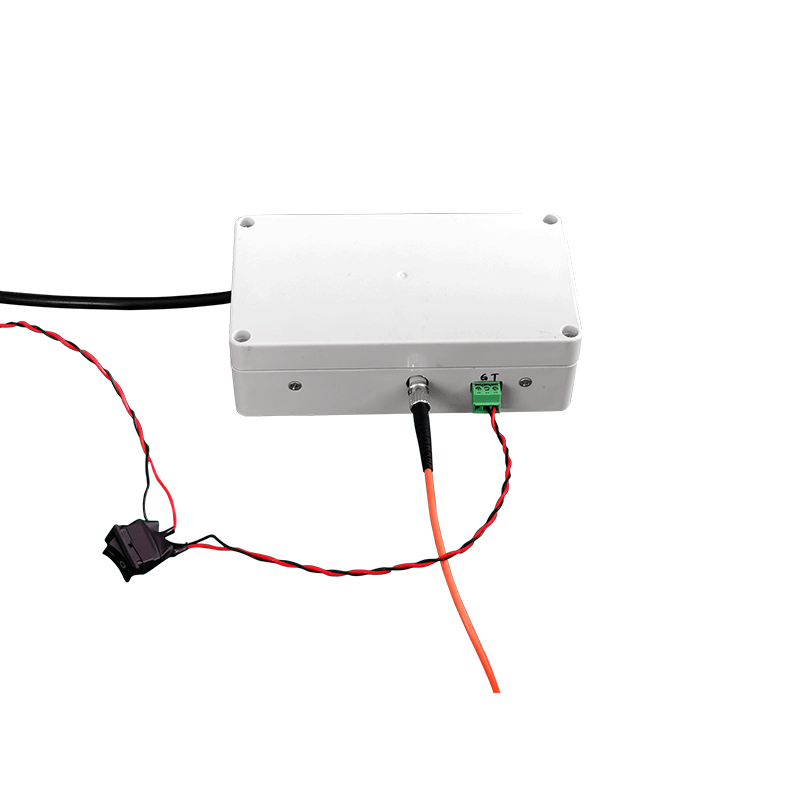Energy-Efficient Upgrades for High-Voltage Power Supplies in Lithography Systems
Lithography equipment represents one of the most energy-intensive subsystems in semiconductor manufacturing, largely due to the high-voltage power supplies that drive illumination sources, electrostatic chucks, and stage servomechanisms. Upgrading these power systems for energy efficiency requires a holistic approach that integrates advanced power conversion techniques, digital control, thermal optimization, and system-level energy management. Energy-efficient high-voltage upgrades reduce operational costs, minimize thermal load on sensitive subsystems, and improve environmental stability within lithography tools.
One key strategy involves optimizing the converter topology of the high-voltage supply. Conventional designs often rely on linear regulation or fixed-frequency switching, which can produce significant losses at high power levels. Replacing these systems with digitally controlled, multi-stage resonant converters allows higher switching frequencies with minimal conduction losses, reducing overall power consumption. Resonant topologies also help suppress voltage ripple, improving performance of sensitive illumination modules and electrostatic chucks.
Wide-bandgap semiconductor devices, such as silicon carbide or gallium nitride switches, further enhance energy efficiency. These devices offer lower switching loss, higher thermal tolerance, and faster transient response. Integrating wide-bandgap switches into high-voltage power supplies enables precise delivery of pulsed or DC energy while minimizing energy dissipation, allowing lithography tools to maintain performance while consuming less electricity.
Thermal management contributes significantly to efficiency gains. High-voltage modules generate heat during operation, which not only affects component lifespan but also imposes additional cooling requirements. Advanced heat sinks, liquid cooling channels, and optimized airflow patterns reduce thermal gradients and improve energy utilization. Intelligent cooling control, where fans or pumps adjust speed according to real-time thermal load, further reduces auxiliary power consumption.
Digital regulation and energy management systems provide an additional layer of efficiency. By continuously monitoring voltage, current, load variations, and stage or illumination demands, high-voltage controllers can dynamically adjust output, enter standby modes, or redistribute power among subsystems. Adaptive soft-start sequences reduce inrush current and associated losses during repeated exposure cycles. Real-time energy monitoring also allows lithography equipment to coordinate with fab-level power management systems, optimizing energy consumption across the facility.
Another area of efficiency improvement lies in reducing reactive power and harmonic distortion. Power factor correction (PFC) circuits in modern high-voltage supplies minimize the reactive load drawn from the AC mains, improving the efficiency of upstream distribution and reducing thermal stress on transformers and switchgear. High-voltage designs incorporating active PFC ensure stable DC output while contributing to overall facility energy savings.
Energy recovery is an emerging technique in lithography power optimization. During stage deceleration, chuck release, or illumination modulation, energy is temporarily stored in capacitive or inductive elements and fed back into the power bus. Regenerative circuits reduce wasted energy while smoothing voltage profiles, supporting both stability and efficiency.
Electrostatic chucks benefit particularly from energy-efficient high-voltage upgrades. Traditional chuck supplies maintain continuous voltage even when full clamping force is unnecessary. Modern designs dynamically adjust voltage based on wafer properties, process phase, and thermal load, reducing unnecessary energy dissipation while maintaining reliable clamping and thermal contact.
Modularity in high-voltage design also improves energy efficiency. By scaling the number of active modules to match instantaneous load requirements, lithography tools avoid over-provisioning and minimize idle losses. Fault-tolerant modular designs ensure that inactive or low-demand periods do not waste energy, while still maintaining rapid response capabilities when load demand rises.
Finally, energy-efficient high-voltage upgrades contribute indirectly to pattern stability and throughput. Reduced thermal drift, lower EMI, and improved voltage regulation all enhance lithography performance. By decreasing the energy wasted in auxiliary systems and improving the electrical environment, upgrades support higher yield, lower defect rates, and longer component lifetimes.
By combining advanced converter topologies, wide-bandgap semiconductors, digital control, intelligent cooling, reactive power management, and regenerative techniques, energy-efficient high-voltage upgrades offer significant operational advantages for lithography equipment. These upgrades reduce electricity consumption, enhance system stability, and enable more sustainable high-volume semiconductor production.




















